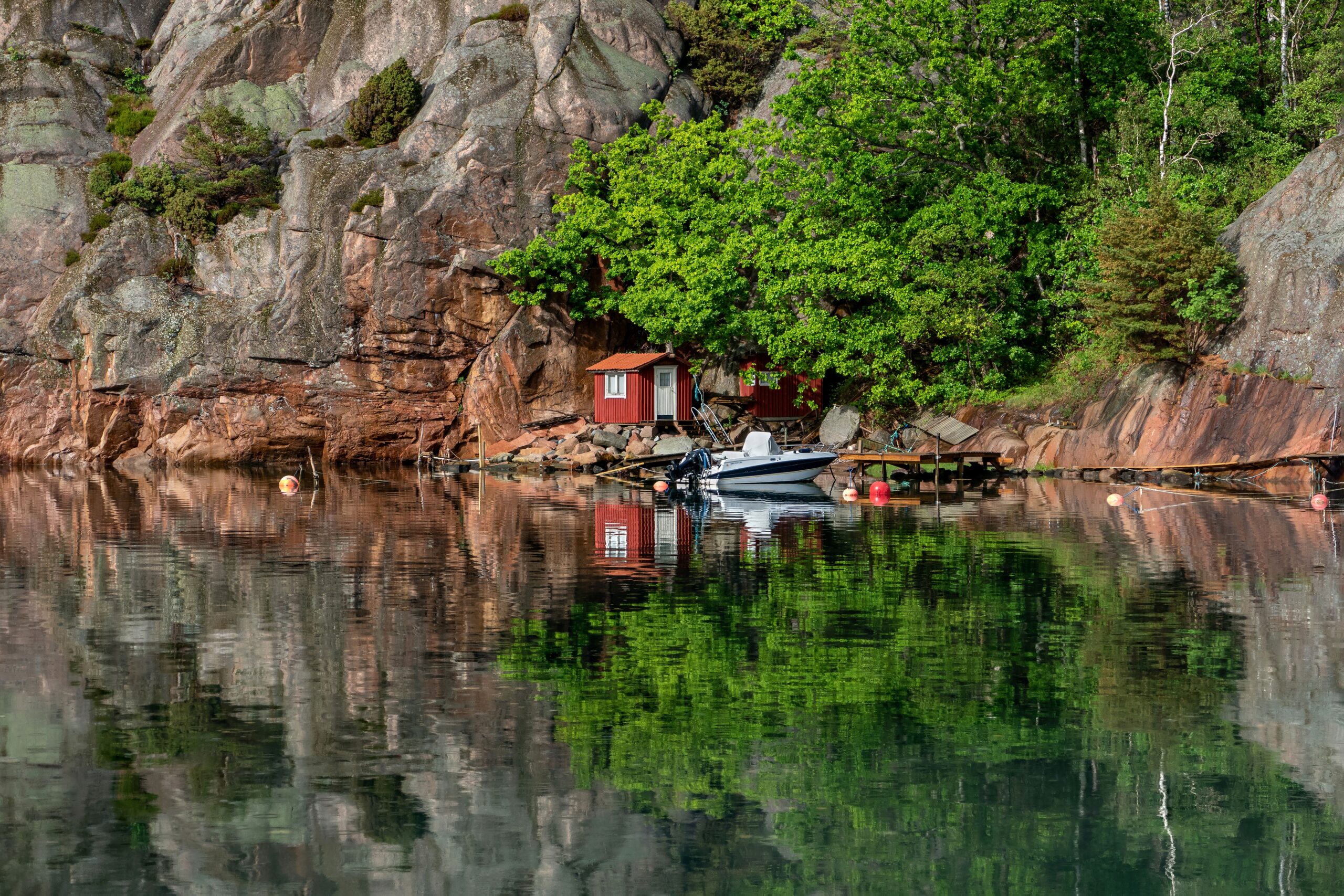- Most Infamous Terrorist Leaders in History - April 22, 2025
- From Bamboo to Billions: How Smugglers Exploit China’s Wildlife Trade - April 10, 2025
- Environmental Corruption in South America: Nature for Sale - April 10, 2025
Sweden: A Leader in Environmental Protection

Sweden stands as a beacon of hope for environmentalists worldwide. Known for its breathtaking landscapes and commitment to sustainability, Sweden has implemented some of the strictest environmental laws globally. The Swedish Environmental Protection Agency has set an ambitious target to achieve net-zero greenhouse gas emissions by 2045. This commitment is backed by substantial investments in renewable energy, with wind and solar power making up a significant portion of the country’s energy consumption. Sweden’s dedication to reducing carbon emissions is not just a policy but a way of life, with citizens actively participating in recycling and sustainable practices.
Denmark: Pioneering Renewable Energy

Denmark is another shining example of environmental stewardship. The Danish government has set its sights on becoming carbon neutral by 2050, a goal supported by comprehensive legislation promoting renewable energy. Wind power, in particular, plays a pivotal role in Denmark’s energy landscape, contributing nearly half of the country’s electricity. The Danish Energy Agency reports that Denmark’s investment in offshore wind farms is unparalleled, positioning the nation as a global leader in renewable energy innovation. This commitment not only benefits the environment but also boosts the economy by creating green jobs.
Germany: The “Energiewende” Initiative
Germany’s “Energiewende,” or energy transition, is a testament to the country’s dedication to a sustainable future. This comprehensive policy aims to overhaul Germany’s energy system, phasing out nuclear power and increasing reliance on renewable sources. As of 2022, renewable energy accounted for approximately 42% of Germany’s electricity generation, a significant achievement driven by strict regulations and government incentives. The Federal Ministry for Economic Affairs and Energy continues to push for further advancements, ensuring that Germany remains at the forefront of the global energy transition.
Costa Rica: A Model for Conservation

Costa Rica’s commitment to environmental conservation is nothing short of inspiring. The country has established a robust legal framework that protects over a quarter of its land as national parks and reserves. This dedication to conservation has not gone unnoticed, with Costa Rica generating over 99% of its electricity from renewable sources, primarily hydroelectric power. The government actively promotes ecotourism, which not only supports the economy but also reinforces conservation efforts. Costa Rica’s approach serves as a model for other nations looking to balance economic growth with environmental protection.
New Zealand: Protecting Biodiversity

New Zealand is renowned for its stringent environmental laws, particularly those aimed at protecting biodiversity. The Resource Management Act regulates land use and environmental impact assessments, ensuring that development does not come at the expense of the environment. The Department of Conservation reports that New Zealand has established numerous marine reserves and protected areas to safeguard its unique flora and fauna. The government’s proactive measures to combat invasive species and restore native ecosystems highlight New Zealand’s unwavering commitment to preserving its natural heritage.
Norway: Sustainable Fisheries and Oil Management
Norway’s approach to environmental protection is both innovative and pragmatic. The country is recognized for its sustainable management of natural resources, particularly in fisheries and oil extraction. The Norwegian Ministry of Climate and Environment enforces strict regulations to ensure sustainable fishing practices and protect marine biodiversity. Norway’s oil industry, often seen as a paradox in environmental circles, is subject to rigorous environmental standards. The government has committed to reducing carbon emissions by 40% by 2030, demonstrating that economic prosperity and environmental responsibility can go hand in hand.
Canada: A Commitment to Climate Action
Canada’s dedication to environmental protection is evident through its comprehensive Climate Change Action Plan. The Canadian government aims to reduce greenhouse gas emissions by 40-45% below 2005 levels by 2030. This ambitious target is supported by the Canadian Environmental Protection Act, which regulates pollutants and hazardous substances. Environment and Climate Change Canada reports that the country is investing heavily in clean technology and renewable energy projects. These initiatives not only combat climate change but also position Canada as a leader in the global green economy.
The Role of International Agreements

International agreements play a crucial role in shaping national environmental policies. Treaties such as the Paris Agreement set global targets for reducing greenhouse gas emissions, encouraging countries to align their laws with international commitments. Nations with strict environmental laws often go beyond these agreements, demonstrating a collective effort to combat climate change and protect the planet. This global cooperation is essential for addressing the environmental challenges we face today, highlighting the interconnectedness of our world.
Conclusion: The Importance of Strong Environmental Laws
Countries with strict environmental laws not only protect their natural resources but also set an example for others to follow. The commitment to sustainability and conservation is essential for addressing the global environmental crisis. As nations continue to grapple with climate change, the implementation of robust environmental regulations will be crucial in safeguarding the Earth for future generations.


